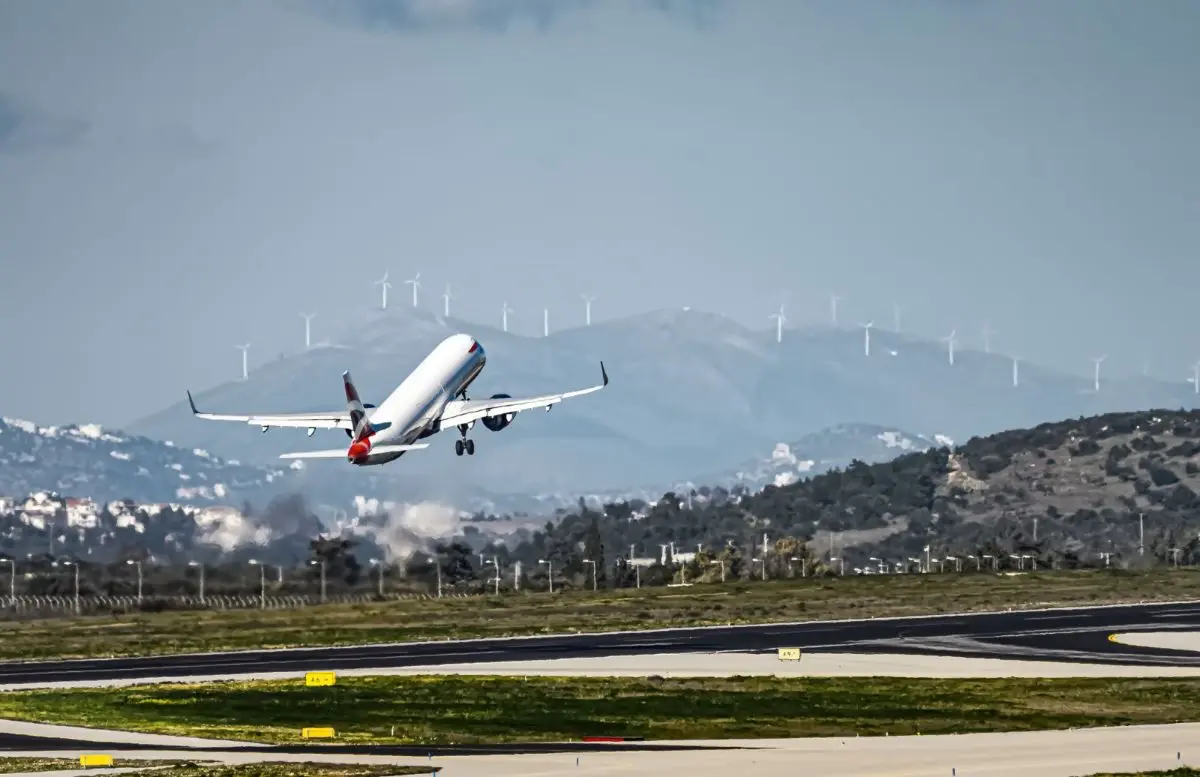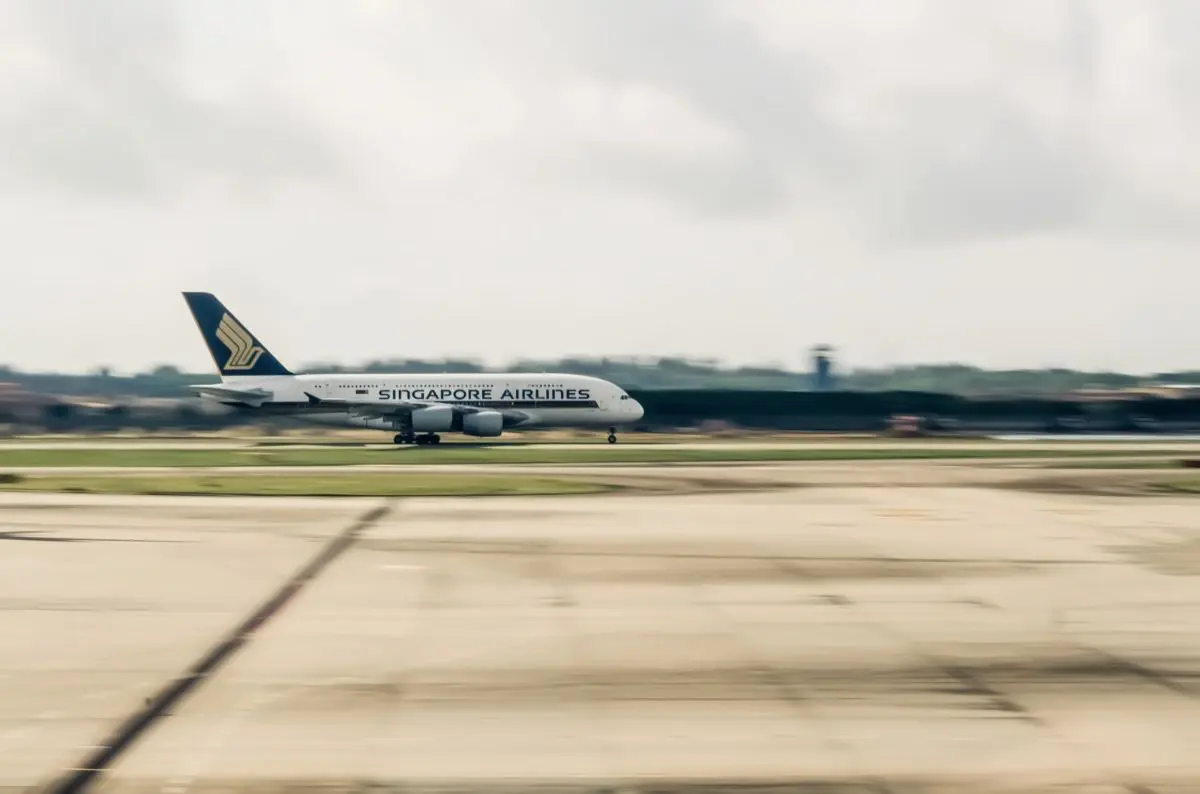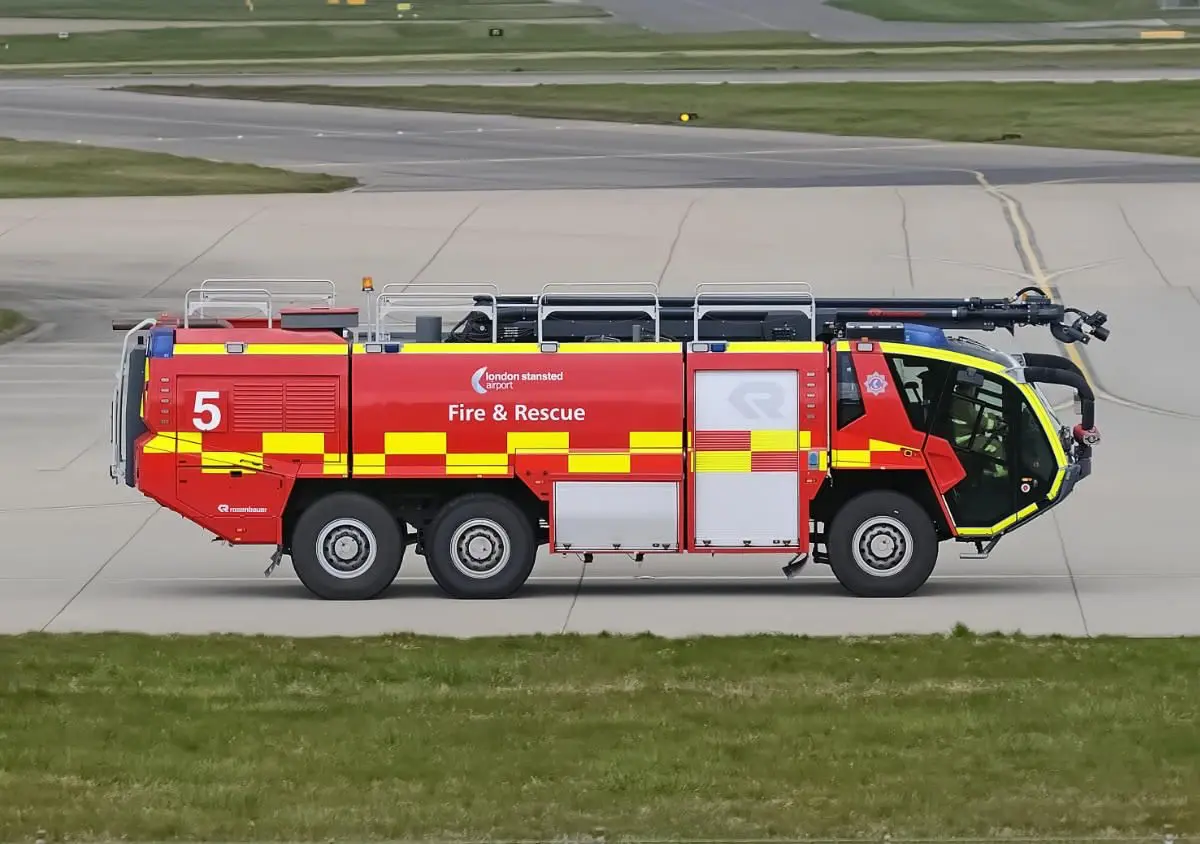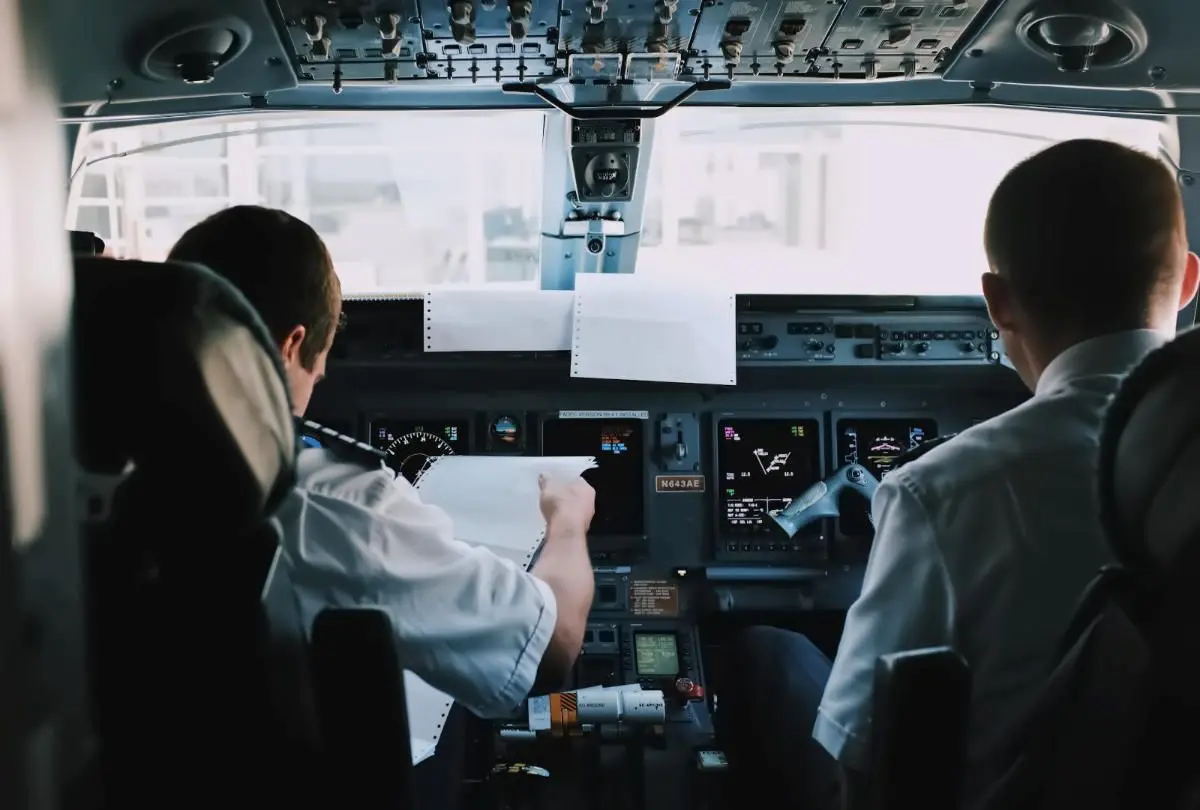
What Happens During and After an Aborted Takeoff?
What is an aborted takeoff and what happens during and after?
Table of Contents
Pilots sometimes need to abort a takeoff and there can be many reasons for pilots to do so.
Aborted takeoffs happen to both large airliners and small single-engine aircraft. The pilots plan everything thoroughly to ensure that the aircraft is able to safely stop after takeoff acceleration has begun.
Pilots are also very well trained to deal with the situation after the decision to abort a takeoff has been made.
Fortunately, aborted takeoffs are rare and there are many systems and measures to help the pilots if it happens.
In this post, we take a closer look at aborted takeoffs, what can cause them and what happens after.
What Is an Aborted Takeoff?
An aborted takeoff (also called a rejected takeoff, or RTO) is a situation where the pilots decide to terminate a takeoff after acceleration of the aircraft has begun, and bring the plane to a halt.
There can be many different reasons to abort at takeoff. Usually they are due to suspected or actual technical malfunctions on the aircraft. Environmental conditions like windshear can also cause the pilots to abort a takeoff.

What Can Cause a Takeoff to Be Aborted?
A decision to abort a takeoff can be caused by a wide number of things.
One of the most serious events that could lead to an aborted takeoff is engine failure or an engine fire. But the pilots could also abort a takeoff if the master caution system triggers, a tire fails, if unusual noises or vibrations are noticed or in the case of unexpectedly slow acceleration of the aircraft. Issues with aircraft controllability could also lead to an aborted takeoff.
Also, the environment around the aircraft can lead to an aborted takeoff, with windshear being the most common reason.
The faster the aircraft goes, the greater the risk. At high speed, only major failures should cause an aborted takeoff, as it is much more difficult to slow down the plane within the runway. This could be malfunctions such as an engine failure or an engine fire.
What Happens After an Aborted Takeoff?
The events following a decision to abort the takeoff depends on what speed the aircraft has reached when the pilots decide to abort.
In general though, when the decision to abort the takeoff has been made, one of the pilots will call "Stop". When that happens, the flight crew will close the thrust levers immediately and press the autothrottle disconnect button. That ensures that the aircraft does not apply throttle automatically to compensate. The pilots also makes sure that the autobrake system is active and operating.
Finally, the pilots engage thrust reversers, which further help slow down the aircraft.
The Significance of Speed
Many things depend on whether the call for aborting takeoff is made in the low or high speed phase of the takeoff. Before reaching a certain speed, the aircraft can safely abort the takeoff and stop without running off the runway. We call this the V1 speed. It is the maximum speed at which the pilot must perform the first action to stop the aircraft.

The flight crew calculates the V1 speed before each flight. It varies depending on aircraft weight, air pressure, air temperature and wind. The runway conditions also affect the calculated V1 speed. If the runway is wet from rain, the aircraft will require more runway length to come to a stop. The V1 speed will thus be lower than in dry runway conditions.
Below V1 Speeds
Normally an aborted takeoff is performed only at speeds below the "V1 speed". Here, the aircraft travels within the speed envelope where it can safely abort takeoff, apply brakes and thrust reversers and come to a stop on the runway. After coming to a halt, the pilots usually apply the parking brake and evaluate the situation and the need for an emergency evacuation.
ATC would most likely have dispatched firetrucks just in case something catches fire and would tell other aircraft to abandon their approach to the runway. With aborted takeoffs, the airport authorities also usually assumes that the runway is contaminated with potentially harmful objects and close it for inspections.

Some modern aircraft features a Brake Temperature Monitoring System (BTMS). If it was a low speed aborted takeoff, the pilots could simply wait for the brakes to cool enough, and the BTMS indicators would go back to green. Pilots can also refer to the quick reference handbook to review the brake cooling time tables.
If no immediate problems is present and nothing is on fire, the aircraft would taxi to the ramp.
Above V1 Speeds
If the aircraft travels above the V1 speed, things get more serious.
The aircraft might run off the runway if the pilots decides to abort the takeoff. This could lead to serious injury for passengers and crew and damage to the aircraft. Therefore, aborted takeoffs are normally not performed at speeds greater than V1 unless there is any reason to doubt that the aircraft can fly.
If a problem occurs above the V1 speed but the pilot believes the aircraft will still fly, the pilots continue the takeoff as normal. The crew will then attempt to land again as fast as possible.
What Procedures Are in Place to Help Pilots Handle an Aborted Takeoff?
So how is the need for an aborted takeoff prevented? And what measures are in place to help make it happen as safe as possible if needed?
First of all, the flight crew is thoroughly preparing and planning every aspect of the flight. Including cross checking flight performance calculations such as the V1 speed. Both pilots also have to agree on runway conditions and the implication it has on the aircraft braking performance. The pilots check that they both receive the same speed indications, and during takeoff, the pilots call out the important V1 speed to each other.

In addition, even before the pilots board the aircraft, thousands of simulator hours have prepared them for aborted takeoff situations. The simulator trains the pilot's ability to make fast and rational decisions in scenarios where an aborted takeoff might be needed.
Another important preparation for a safe takeoff is by arming the autobrake system on the aircraft. It engages braking if the flight crew sets the engine throttle to "idle" or uses the thrust reversers which is likely during an aborted takeoff.
When the aircraft undergoes certification tests as part of its market introduction, one of the hardest tests is the aborted takeoff certification. Engineers test the aircraft under the worst possible conditions. For example with worn out brakes, no use of thrust reversers or the plane loaded to maximum weight.
During an aborted takeoff, the landing gear brakes are applied to their maximum capacity and heats up. The heat can cause small fires to start, which is acceptable. But not if it spreads to the aircraft body within five minutes, which is the maximum time it takes for firefighters to arrive.
Bottom Line
Aborted takeoffs are rare and unlikely.
An aborted takeoff is a situation where the pilots decide to abort the takeoff after the aircraft has started accelerating on the runway. Speed is important, and the scenarios depend on whether the pilots aborts takeoff at low or high speeds.
At low speeds, the aircraft comes to a halt on the runway. Sometimes there is a need for firefighters or even an emergency evacuation. But usually, the aircraft can taxi to the ramp on its own.
Higher speed aborted takeoffs are more serious. The kinetic energy must be dissipated somehow. If the speed is too great, the brakes cannot sufficiently slow down the plane. In most cases, it is safer for the pilots to takeoff normally and land as soon as possible.
The decision to abort a takeoff is not based on gut feelings and made in a split second by the pilots. They have planned and prepared for it in detail before the flight and the decision is based on math and science.
Planenerd Newsletter
Join the newsletter to receive the latest updates in your inbox.






